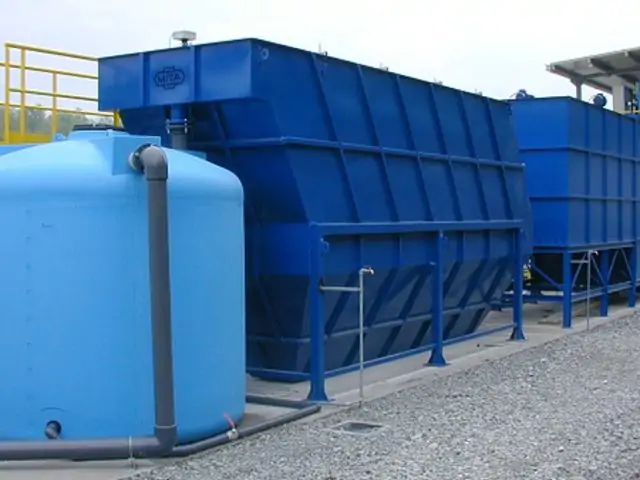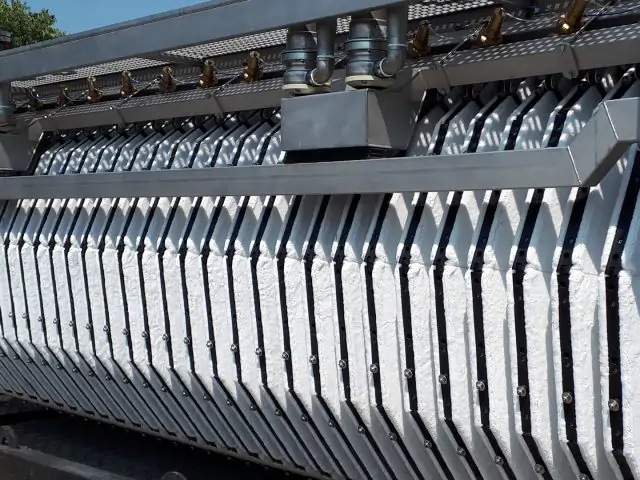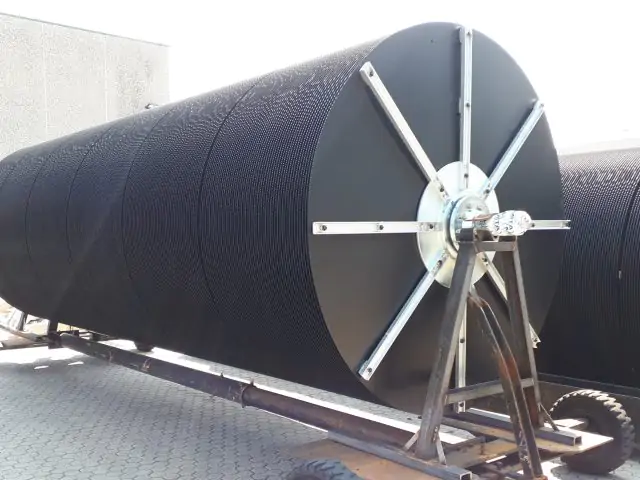Water Treatment Technologies Compared
Mechanical, biological and filtration treatments
An overview of the main types of wastewater technologies and treatment of the main pollutants: suspended solids, BOD and COD, phosphorus, nitrogen, oils and fats. Each technology has its advantages: the important thing is to know the quality of the wastewater and the performance of the process through careful evaluation with pilot units.

Mechanical Treatments
Low energy use, usually low acquisition and operating costs: these are some of the features of mechanical wastewater treatments, which remove suspended solids of various kinds without the input of chemicals or biological processes. Some examples of these systems, also proposed by MITA Water Technologies: lamellar pack settlers and decanters, flocculators, free-fiber cloth filters.
Go to the pageTertiary Filtration
Sand, cloth, or membrane filtration: different tertiary treatment methods with different filter media to properly discharge treated water into water bodies. Or for effective reuse of the "blue resource".
Go to the page

Biological Treatments
Biological treatments are based on the use of microorganisms, such as bacteria, to biodegrade organic matter in wastewater. The solutions offered by MITA Water Technologies in this area are Biorulli® biological oxidation systems and Biocombi® compact plants.
Go to the pageDifferent water treatment technologies at a glance
On the inside pages, you will discover systems to remove suspended solids, organic matter, phosphorus and nitrogen…
Here is an initial summary on the main types.
- Mechanical treatments. They aim to remove suspended matter such as sludge, sand, debris, oil, grease and microorganisms without chemical intervention or biological transformation.
- Biological treatments. They aim to remove organic substances, which are particularly polluting. They are based on the use of microorganisms, such as bacteria, algae and protozoa, which are able to degrade organic substances into less polluting or inert inorganic compounds (biodegradation). They are divided into aerobic treatments, which take place in the presence of oxygen, and anaerobic, in the absence of this element.
- Filtration treatments. They allow the removal of suspended particles, often in integration with other processes (e.g., coagulation and flocculation). Among the various filter materials involved from the initial to final stages: sand, micro-net or free-fiber cloth, membranes.
Resources
Needs of wastewater treatment
Discover the solution for all needsComparing different technologies
Find out all the different technologiesFind out more
All technical articlesTools to help you choose
Our support throughout the product life cycle
A sustainable and efficient solution for every industry and need
Or You Can Choose
Our Newsletter
Sign up for the MITA Water Technologies newsletter: stay up-to-date on systems for municipal and industrial wastewater treatment and filtration.